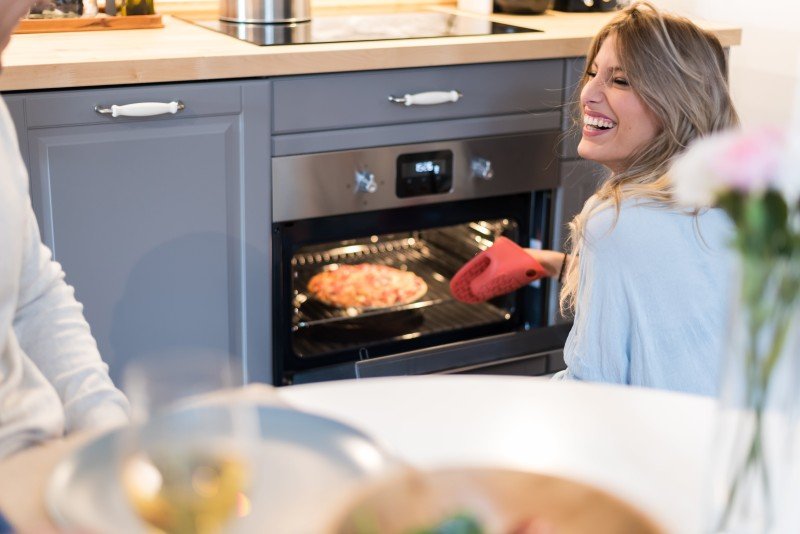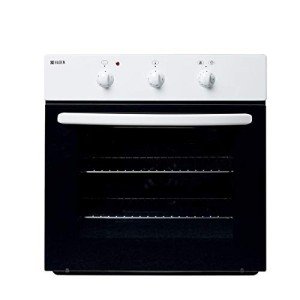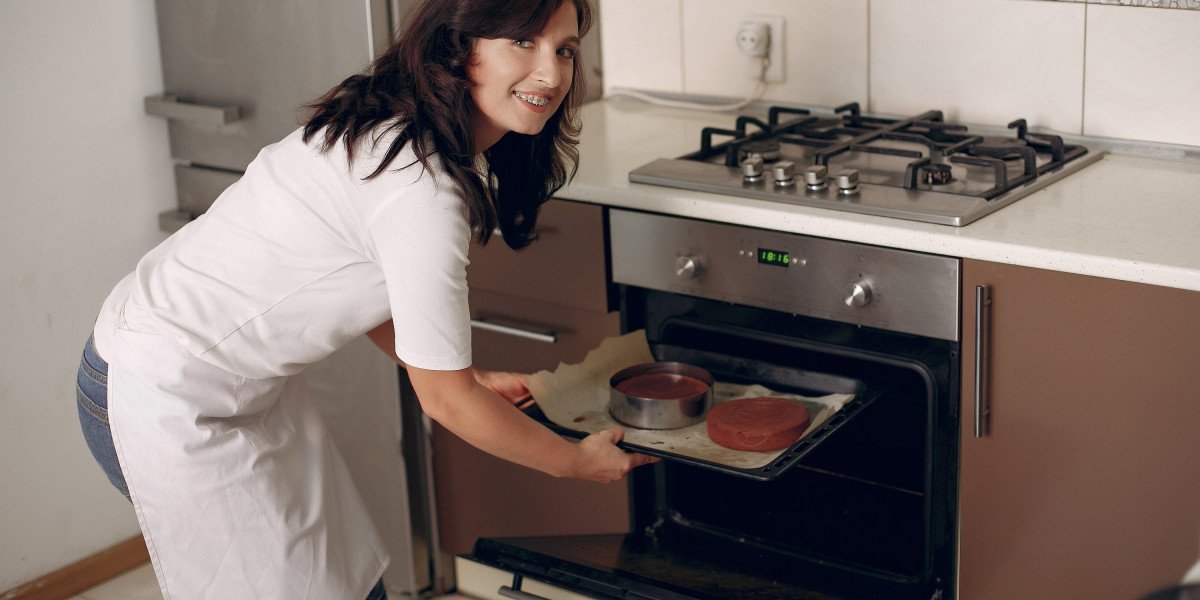Ovens have been a staple in kitchens around the world for centuries, evolving from simple hearths to sophisticated appliances that cater to a wide range of culinary needs. From baking bread to roasting meats, ovens play a crucial role in preparing delicious meals. This article delves into the history, types, and features of ovens, providing a comprehensive guide for both novice and experienced cooks.
The History of Ovens
The history of ovens dates back to ancient civilizations. The earliest ovens were simple structures made of clay or stone, often used for baking bread and other staple foods. The ancient Egyptians, for instance, used clay ovens to bake bread, which was a significant part of their diet.
During the Middle Ages, ovens became more sophisticated. In Europe, large communal ovens were common, where villagers would bake their bread and other goods. These ovens were often wood-fired and required significant effort to maintain.
The Industrial Revolution marked a significant turning point in the development of ovens. The invention of gas and electric ovens in the 19th century made cooking more accessible and convenient. Gas ovens, introduced in the 1820s, provided a more controlled and consistent heat source compared to wood-fired ovens. Electric ovens, which became popular in the early 20th century, offered even greater convenience and precision.
Types of Ovens
Modern kitchens offer a variety of ovens, each designed to meet specific cooking needs. Here are some of the most common types:
Conventional Ovens
- Description: Conventional ovens use a single heating element, typically at the bottom of the oven, to heat the air inside. This method can result in uneven cooking, with the bottom of the food cooking faster than the top.
- Best For: Simple baking and roasting tasks where even heat distribution is not critical.
Convection Ovens
- Description: Convection ovens use a fan to circulate hot air, ensuring more even heat distribution. This results in faster and more uniform cooking.
- Best For: Baking, roasting, and cooking multiple dishes simultaneously.
Microwave Ovens
- Description: Microwave ovens use electromagnetic waves to heat food quickly. They are not suitable for all cooking tasks but are excellent for reheating and defrosting.
- Best For: Quick reheating and defrosting of foods.
Combination Ovens
- Description: Combination ovens, also known as convection-microwave ovens, combine the features of convection and microwave ovens. They offer the versatility of both heating methods.
- Best For: A wide range of cooking tasks, from baking to grilling and steaming.
Built-In Ovens
- Description: Built-in ovens are designed to be installed in a kitchen cabinet, providing a sleek and integrated look. They can be gas or electric and come in various sizes.
- Best For: Kitchens with limited counter space and a desire for a modern, streamlined appearance.
Wall Ovens
- Description: Wall ovens are similar to built-in ovens but are typically installed at eye level for easier access. They can be single or double ovens and are available in gas or electric models.
- Best For: Kitchens where counter space is at a premium and accessibility is important.
Compact Ovens
- Description: Compact ovens, also known as countertop ovens, are smaller and portable. They are ideal for small kitchens or for those who need an additional cooking appliance.
- Best For: Small kitchens, apartments, or as a secondary oven for specific tasks.
Features to Consider When Choosing an Oven
When selecting an oven, several features can enhance your cooking experience. Here are some key considerations:
- Temperature Control: Precise temperature control is essential for consistent cooking results. Look for ovens with digital temperature displays and multiple temperature settings.
- Heating Elements: The type and placement of heating elements can affect cooking performance. Ovens with multiple heating elements, such as top and bottom elements, provide more flexibility.
- Capacity: Consider the size of your household and the types of dishes you typically prepare. Larger ovens are suitable for families and those who frequently entertain, while smaller ovens are ideal for single individuals or couples.
- Cleaning Features: Self-cleaning ovens can save time and effort. Look for models with easy-to-clean interiors and self-cleaning cycles.
- Energy Efficiency: Energy-efficient ovens can save you money on utility bills. Look for ovens with energy-saving features and high energy efficiency ratings.
- Safety Features: Safety is paramount in the kitchen. Features such as child locks, cool-touch handles, and automatic shut-off can provide peace of mind.
FAQs About Ovens
Q: What is the difference between a conventional oven and a convection oven?
- A: Conventional ovens use a single heating element, typically at the bottom, to heat the air inside. Convection ovens, on the other hand, use a fan to circulate hot air, ensuring more even heat distribution and faster cooking times.
Q: How do I clean my oven?
- A: Regular cleaning is essential to maintain the performance and appearance of your oven. For self-cleaning ovens, follow the manufacturer's instructions for the self-cleaning cycle. For non-self-cleaning ovens, use a mixture of baking soda and water to create a paste, apply it to the interior, and scrub after it dries. Wipe clean with a damp cloth.
Q: Can I use aluminum foil in my oven?
- A: Yes, you can use aluminum foil in your oven, but it's important to use it correctly. Avoid placing foil directly on the oven racks or covering the bottom of the oven, as this can interfere with heat distribution and cause damage. Use foil to line baking sheets or to cover dishes to prevent splattering.
Q: How often should I replace my oven?

- A: The lifespan of an oven can vary depending on usage and maintenance. On average, ovens last about 10 to 15 years. Signs that it may be time to replace your oven include frequent malfunctions, inefficient performance, and high energy bills.
Q: What are the benefits of a double oven?
- A: Double ovens offer increased cooking capacity and the ability to cook multiple dishes at different temperatures simultaneously. This is particularly useful for large families or those who frequently entertain.
Ovens are essential kitchen appliances that have evolved significantly over the years. From simple clay hearths to sophisticated convection and combination ovens, there is a wide range of options to suit various cooking needs and preferences. When choosing an oven, consider factors such as temperature control, heating elements, capacity, cleaning features, energy efficiency, and safety. By understanding the different types hob and ovens (www.ovensandhobs.uk) features of ovens, you can make an informed decision and enjoy a cooking experience that meets your culinary aspirations.








